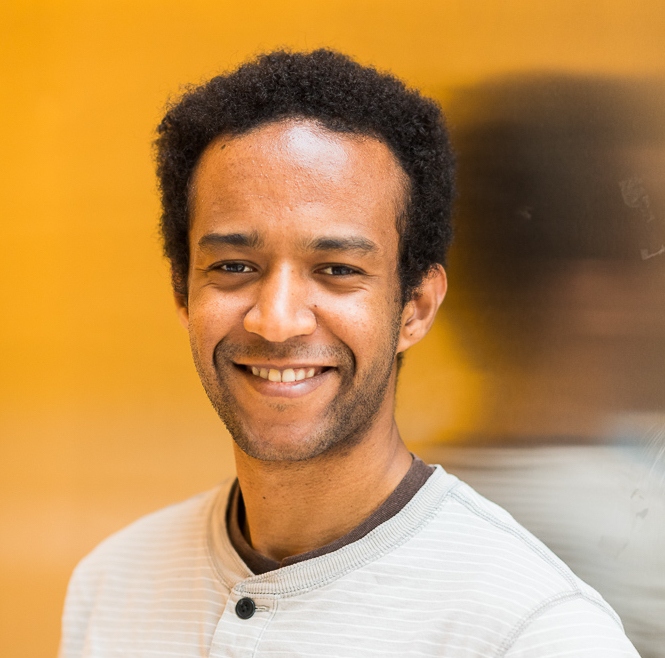
Nanoscale Biomolecular Mapping in Cells and Tissues with Expansion Microscopy
Description
The ability to map the molecular organization of cells and tissues with nanoscale precision would open the door to understanding their biological functions as well as the mechanisms that lead to pathologies. Though recent technological advances have expanded the repertoire of biological tools, this crucial ability remains an unmet need. Expansion Microscopy (ExM) enables the 3D, nanoscale imaging of biological structures by physical magnifying cells and tissues. Specimens, embedded in a swellable hydrogel, undergo uniform expansion as covalently anchored labels and tags are isotropically separated. ExM thereby allows for the inexpensive nanoscale imaging of biological samples on conventional light microscopes.
In this thesis, I describe the development of a method called Expansion FISH (ExFISH) that uses ExM to enable the nanoscale imaging of RNA throughout cells and tissues. A novel chemical approach covalently retains endogenous RNA molecules in the ExM hydrogel. After expansion, RNA molecules can be interrogated with in situ hybridization. ExFISH opens the door for the investigation of the nanoscale organization of RNA molecules in various contexts. Applied to the brain, ExFISH allows for the precise localization of RNA in nanoscale neuronal compartments such as dendrites and spines. Furthermore, the optical homogeneity of expanded samples enables the imaging of RNA in thick-tissue sections. ExFISH also supports multiplexed imaging of RNA as well as signal amplification techniques. Finally, this thesis describes strategies for the multiplexed characterization of biological specimens. Taken together, these approaches may find applications in developing an integrative understanding of cellular and tissue biology.
Speaker Bio
Asmamaw "Oz" Wassie completed a BS in Biological Engineering at MIT. As a PhD student in Biological Engineering, and funded by a Hertz Foundation Fellowship, he is pursuing new physical, chemical, and biological methods for controlling and observing neural processes.
Additional Info
Thesis Committee:
- Ed Boyden, Y. Eva Tan Professor in Neurotechnology, MIT; and Associate Professor of Biological Engineering, Brain & Cognitive Sciences, Media Lab and McGovern Institute, MIT (Advisor)
- Forest White, Professor of Biological Engineering, MIT (Chair)
- Paul Blainey, Associate Professor of Biological Engineering, MIT

